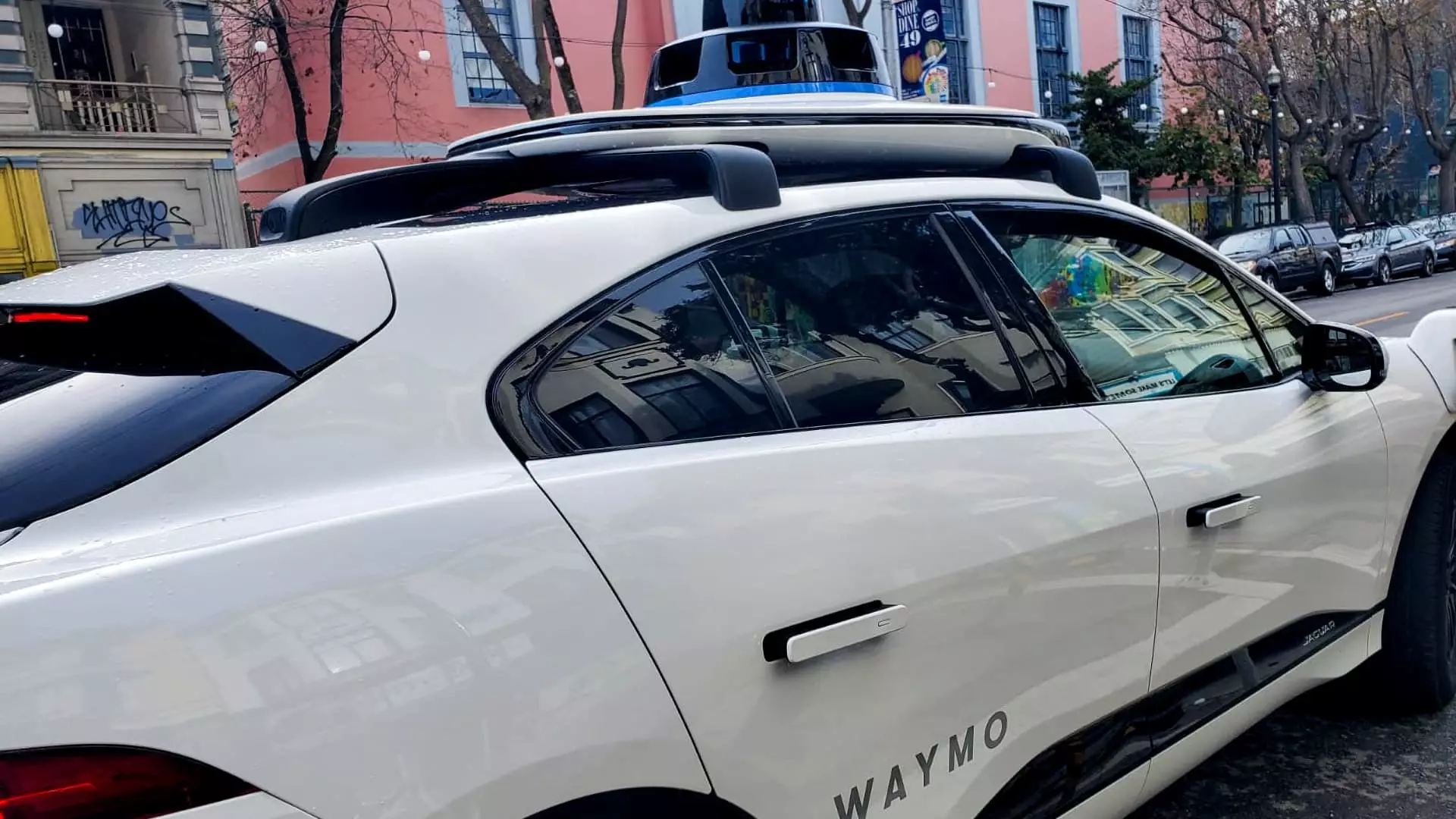Waymo, the renowned subsidiary of Alphabet Inc., is poised to take a significant step in its expansion strategy with the testing of its autonomous vehicles in Tokyo, slated for early 2025. This marks a pivotal moment for the company, as it branches out from its established operations in the United States to embark on an international venture. While Waymo has yet to confirm plans for a commercial service in Tokyo, its collaboration with Nihon Kotsu, Japan’s foremost taxi operator, represents an intriguing partnership aimed at exploring the Japanese market for autonomous taxi services.
In the preliminary phase of this initiative, Waymo’s autonomous Jaguar I-PACE vehicles will initially be operated manually by drivers from Nihon Kotsu. This approach allows for crucial mapping of Tokyo’s urban landscape, specifically in bustling districts such as Minato, Shinjuku, Shibuya, Chiyoda, and others. Through these manual test drives, Waymo will gather essential data to refine its artificial intelligence systems. Interestingly, the company will also conduct tests on a closed U.S. course designed to replicate the driving conditions found in Japan. This dual approach not only ensures regulatory compliance but also aids in fine-tuning the technology to better suit local environments.
Waymo has expressed its commitment to staying in Japan for an extended period, emphasizing the importance of understanding the unique dynamics of the Tokyo transportation ecosystem. The partnership with local stakeholders, including government entities and community representatives, highlights Waymo’s intent to integrate its technology responsibly. In its statement, Waymo remarked on the significance of this collaboration, indicating that it aims to contribute positively to the daily lives of Tokyo’s residents. This approach underscores the company’s recognition of the cultural nuances and infrastructural demands of urban Japan, a key factor often overlooked by foreign entities venturing into the market.
Japan presents an exciting landscape for autonomous vehicle technology, especially given its aging population. The local government views driverless systems as a promising solution to facilitate mobility for elderly citizens. The initiative to create designated “test zones” for self-driving cars in Tokyo is indicative of the governmental support aimed at fostering innovation while ensuring public safety. This environment is conducive for Waymo to establish its presence, particularly as it’s the first time the company will operate in a left-hand traffic setting, which necessitates adjustments in vehicle design and operational protocols.
Waymo’s entrance into the Japanese market comes at a time of evolving dynamics within the autonomous driving sector. Recent developments include General Motors’ decision to withdraw from the Cruise robotaxi division, a move that raises questions about the viability of some automated transportation models. In contrast, Honda, an investor in Cruise, is still gearing up to introduce its own driverless ride-hail service in Japan, showcasing the competitive landscape. The presence of local players like Tier IV and ZMP further intensifies the competition. These homegrown startups are testing various autonomous applications, from delivery vehicles to buses, which could provide societal benefits and raise the bar for innovation.
Waymo’s announcement of testing its autonomous vehicles in Tokyo marks a significant milestone in its pursuit of global expansion. By aligning itself with local taxi operators and government agencies, the company is taking proactive steps to ensure its technology is well-suited for the needs of Japanese citizens. This partnership doesn’t just herald the introduction of autonomous vehicles in a new market; it symbolizes a relational approach that prioritizes community integration and compliance with local regulations. As Waymo moves forward, its ability to adapt to this new environment will be closely observed by competitors and stakeholders alike, potentially reshaping the future of urban transport in Japan and beyond.

